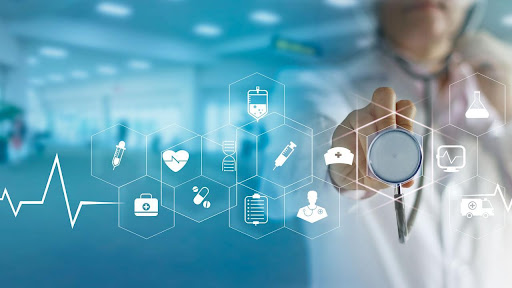Transforming Indian Healthcare with AI and Ayurveda: The Nadi Tarangini Device
As India is becoming more powerful & profound in digitizing the systems, making them accessible, stratified, transparent & secure, the inclination is towards getting a digitally abled Indian Healthcare system. Yes, you rightly understood. In the coming years, India may introduce a concept of a …



